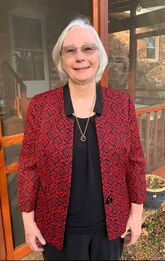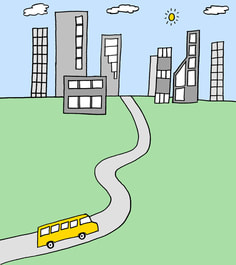If you can't see the main menu at the top of the page, you can click any of the main menu headings here:
A Sequential Phonics Program - Materials - PDF Files - Pictures - Audio - Video - Reading Street - Blog.
A Sequential Phonics Program - Materials - PDF Files - Pictures - Audio - Video - Reading Street - Blog.
There are two different ways to navigate to the page you are looking for.
1. Hover over any heading on the main menu and you'll see a drop down menu. Click on the desired page to open it.
2. If you are having difficulty navigating the drop down menus, click directly on any of the main headings. This will open a page that has links to all of the pages in that category. Click on the desired link to open that page.
1. Hover over any heading on the main menu and you'll see a drop down menu. Click on the desired page to open it.
2. If you are having difficulty navigating the drop down menus, click directly on any of the main headings. This will open a page that has links to all of the pages in that category. Click on the desired link to open that page.
Welcome To The Sound City Reading Website!If you are interested in phonics materials to teach beginning reading or to help older students become better readers, you have come to the right place. The Sound City Reading materials are designed to help children learn the phonics patterns that are needed to become successful, independent readers. The instruction is suitable for a wide range students, including dyslexic students. The materials are set up in a sequential fashion, from the readiness level through second grade and up. I hope that you will find them useful.
To see a summary of the instructional books available on this site, click here.
To see the PDF files for the Sound City Reading instructional materials, click here.
|
How To Get The Sound City Reading Materials
You can download free PDF files for all of the Sound City Reading materials from this website without charge. You will then be able to print them to use with your students. Physical copies of the books are not available. You will need to print them or have them printed at a print shop.
There is no charge for the PDF files. You may print them at home, at school, or at a print shop for your own use. All materials are copyrighted by Kathryn J. Davis, however I give permission to teacher, tutors, parents, schools, and school systems to print and use the materials for their own students. The materials are not to be sold commercially.
You may download all of the files you are interested in so that you can use them in the future directly from your own computer. To print the books, see the recommendations found in How To Work With PDF Files, and Printing The PDF Files.
At one time I had an online store as part of this site. I'm no longer offering physical copies of the Sound City Reading materials to purchase. You will need to open PDF files from the main menu and look for the materials you want to use. You can save them to your computer or print them directly from this website.
General Information
Instructional materials in this program include student books and workbooks, flashcards, phonics charts, and learning games and activities. To see an explanation of all of the materials available and how they are used, click here. The lessons are set up sequentially so that, as far as possible, all students will experience success.
Lesson Planning
Information about how to teach the daily lessons can be found at the end (or sometimes the beginning) of each student book. The lessons are teacher directed with a high level of active student participation. The books include a sequence chart showing all of the skills taught in that book. Any books that have pictures and words on opposite pages also have an answer key for an oral blending game that is played using those pages.
It is not necessary to have a teacher's guide that has different instructions for each teaching day or week. The daily teaching sequence for a particular level is always the same. The teacher simply inserts the new alphabet letter, phonics pattern, or syllable pattern for the day into the daily lesson plan. This allows the students to feel very secure because they know exactly what to expect during each learning period. Lessons can proceed quickly and efficiently. This process maintains student interest and creates a high level of success.
Pacing
The pacing is flexible, but in general it follows these guidelines.
- When learning the alphabet, students study a new alphabet letter every third or fourth day. Lessons also include handwriting skills and phonological and print awareness instruction.
- When studying short vowel words, students read and spell ten new short vowel words each day. They also learn six high frequency sight words and read simple short vowel sentences.
- When studying phonics patterns, students study one new letter pattern or syllable pattern each day. They study the new pattern by spelling ten words, reading ten or more new words, and reading sentences and/or or stories that contain words with that pattern. Letter patterns that have been taught are reviewed daily using sound charts followed by letter and phonics pattern flashcards. Students who are being tutored individually can use the sound charts in the student books. For a classroom, large versions of the sound charts are available to post on a bulletin board or wall.
How To Say The Sounds For The Letters And Phonetic Patterns
Audio and video files are available on this site to help teachers, tutors, parents, and students learn how to pronounce the sounds for the letters and phonics patterns. In a phonetic reading program, it is important to say the individual sounds correctly, so that students will be able to separate words accurately into individual sounds as they spell them (segmenting) and put individual sounds in a written word together smoothly when they pronounce the words (oral blending). The individual sounds should be pronounced without any additional sounds added to them. For example, the sound for the letter t is /t/, not /tuh/. You may not be familiar with the way some letters are pronounced, but as you and the students learn them, you'll see that those sounds work very well when students begin spelling and reading words.
Click here to see the available audio files.
Click here to see the available video files.


